Andrew Cuomo Wins Democratic Nomination For New York Governor
BROOKLYN, N.Y. ― Gov. Andrew Cuomo won the Democratic gubernatorial nomination for the third time Thursday, overcoming a spirited progressive challenge that highlighted the ongoing ideological divide within the Democratic Party.
Cuomo defeated Cynthia Nixon, 52, an actress and education activist backed by an array of left-leaning groups, who had trouble convincing voters that she had the experience needed to run the fourth most-populated state in the country.
Cuomo, 60, a two-term incumbent, is due to face Dutchess County Executive Marc Molinaro, a Republican, and former Syracuse Mayor Stephanie Miner, a Democrat running as an independent, in the November general election. He is heavily favored to win a third term.
The mood was nonetheless ebullient at Café Omar where Nixon, and her running mates ― lieutenant governor candidate Jumaane Williams and attorney general candidate Zephyr Teachout ― gathered with their supporters as results started to pour in on Thursday night.
Although Nixon received virtually the exact same share of the vote against Cuomo as the previous progressive challenger, Teachout received in 2014 ― losing by a 2-to-1 margin ― her supporters took comfort in the fact that they had forced Cuomo to spend an estimated $25 million to defend his seat. In the process, overall voter turnout roughly tripled.
“We have changed what is expected of a Democratic candidate running in New York and what we can expect of our elected leaders. Because in 2018, progressive rhetoric alone is not enough,” Nixon said to raucous cheers.
The greatest victory of all for New York’s activist left was the defeat of six out of the eight former members of the Independent Democratic Conference (IDC), a breakaway faction of state Senate Democrats that for years aligned with Republicans. A seventh big-money lawmaker, state Sen. Martin Malavé Dilan, lost to democratic socialist Julia Salazar.
In the middle of Nixon’s speech, Bill Lipton, New York State Director of the Working Families Party, the lead institutional backer of Nixon’s challenge, interjected with words of praise.
“Cuomo says he reunited the IDC. Cynthia took ’em out!” Lipton said. The crowd erupted in chants of “Cyn-thi-a, Cyn-thi-a!”
Cuomo had enormous structural advantages as an incumbent who was cozy with the state’s influential real estate and financial industries. He raised $35.6 million as of the latest pre-election disclosure and spent $8.5 million in the three weeks before the final filing period.
Nixon, by contrast, raised and spent $2.5 million. The vast fundraising gap prevented Nixon from establishing her name recognition, let alone disseminating her message. Her campaign first purchased television airtime just three days before the election.
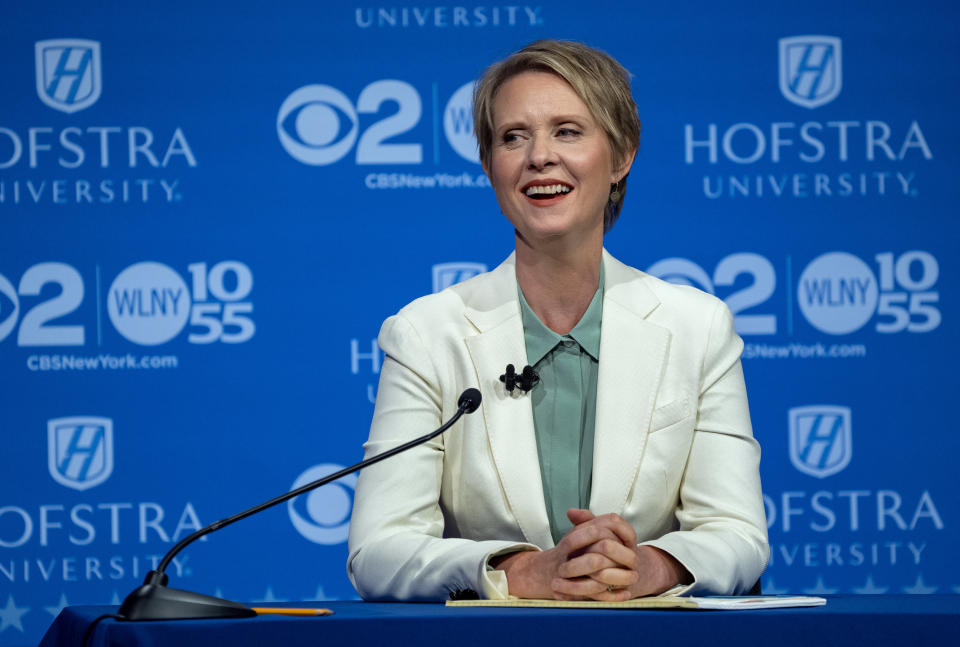
Cuomo also pivoted to the left in order to undermine Nixon.
After Nixon entered the race, Cuomo restored voting rights for paroled felons, released a state study that reviewed marijuana legalization favorably and, perhaps most significantly, in April struck a deal to disband the Independent Democratic Conference, a breakaway faction of state Senate Democrats who aligned with Republicans (albeit after passage of the state budget in March).
The IDC has been a particular sore point for Cuomo’s progressive critics, who believe he deliberately encouraged the faction’s alliance with Senate Republicans in 2013 and subsequently allowed it to endure to serve as a scapegoat for the failure of progressive priorities. Together with state Sen. Simcha Felder, who also caucuses with Republicans, the IDC empowered a Republican majority that refused to take up a series of liberal laws approved by the Democratic-run state Assembly. The stalled measures include bills protecting the young undocumented immigrants known as Dreamers, codifying women’s abortion rights, shifting the state to renewable energy, modernizing archaic voting laws, boosting school funding and enacting state-level single-payer health care.
Cuomo has had a rocky relationship with the Democratic Party’s progressive wing since he first took office in 2011 and immediately cut both taxes and education spending.
However, just as Nixon’s challenge prompted an adjustment in his political calculations, a surprisingly strong primary contest in 2014, when Zephyr Teachout received 34 percent of the vote, nudged Cuomo to the left in his second term.
That proved helpful to the New York governor in his bid for a third term, allowing him to point to several major progressive accomplishments he has passed since winning re-election. He banned fracking in 2014; passed a $15 minimum wage and paid family leave in 2016; and in 2017, created the Excelsior Scholarship program, which provides a tuition-free public college education to some underprivileged students (though the stringent eligibility standards have severely limited the program’s reach).
Cuomo also took full advantage of the power of his office to portray himself as a bulwark against President Donald Trump, particularly when it came to immigration policy. When Trump first declared a travel ban on several predominantly Muslim countries, Cuomo announced that the state would provide legal aid to those detained at airports. He has since visited a facility housing children separated from their families due to Trump’s border policies and offered to provide them mental health services.
It certainly hasn’t hurt that Trump despises Cuomo and has provoked Twitter fights with him.
Cuomo nonetheless enlisted Democratic National Committee Chairman Tom Perez, a Buffalo native, and former Vice President Joe Biden to campaign for him. In advertisements and campaign literature, Biden cited Cuomo’s experience as a crucial tool in the fight against Trump.
Cuomo “has skills, guts and experience needed to defend New York against the conservative agenda coming out of Washington,” Biden is quoted saying in a pro-Cuomo mailer from the New York Democratic Party, which Cuomo controls.
Biden in Cuomo mailer: “We need Andrew’s experience more than ever.” pic.twitter.com/mTRjI0Mgn2
— Daniel Marans (@danielmarans) September 13, 2018
Nixon proved to be a formidable adversary on the stump, lambasting the governor at every turn for his corruption and detachment from what she said were state voters’ considerably more progressive values.
Her attacks on Cuomo’s management of the Metropolitan Transportation Authority, or MTA, which oversees New York City’s ailing subway system were especially resonant.
“He used the MTA like an ATM,” Nixon quipped in her only face-to-face debate with Cuomo.
I will tax the rich to fix the subway. #CuomosMTA #CynthiaForNY pic.twitter.com/QfqQuE79EC
— Cynthia Nixon (@CynthiaNixon) September 12, 2018
Ultimately, though, Nixon’s inexperience prevented her candidacy from breaking through in a year when Democratic voters are so furious at Trump, another celebrity without formal political experience.
Whether Cuomo’s policy priorities will continue to evolve in response to the changing political terrain remains to be seen. Some key tests of Cuomo’s governance will be how he handles improving the subway, and whether he delivers on long-standing promises to clean up corruption in Albany. More than any other New York politician, Cuomo has benefited from the state’s loose campaign finance laws, raking in vast sums of corporate cash. And two of the governor’s former top aides are also headed to prison for bribery and bid-rigging.
The Working Families Party believes that the permanent dissolution of the IDC will force Cuomo to negotiate with a more progressive state Senate and deprive him of political cover for his donor-friendly instincts.
“Today, we changed Albany forever. We wiped out that excuse, that fig leaf,” the Working Families Party’s Lipton said, referring to the IDC. “He’s gonna have to return to an Albany he doesn’t recognize, where he’s no longer the center of the debate, but where he’s going to have to respond to Democratic legislative leaders and to us.”
For now, Nixon’s supporters take heart in the activism that she inspired ― and plan to use it to pressure the governor.
“We celebrate the creation of our broader grassroots movement that will hold Cuomo’s feet to the fire,” said Susan Kang, an associate political science professor at John Jay College and leader of the New York City chapter of the Democratic Socialists of America, which endorsed Nixon.
“New York is in crisis and we will continue to advocate for the progressive reforms that working New Yorkers need, that the governor has been a key player in blocking,” she added. “The fight isn’t over. We are just beginning.”
Love HuffPost? Become a founding member of HuffPost Plus today.
Also on HuffPost
Alabama State Capitol (Montgomery, Ala.)
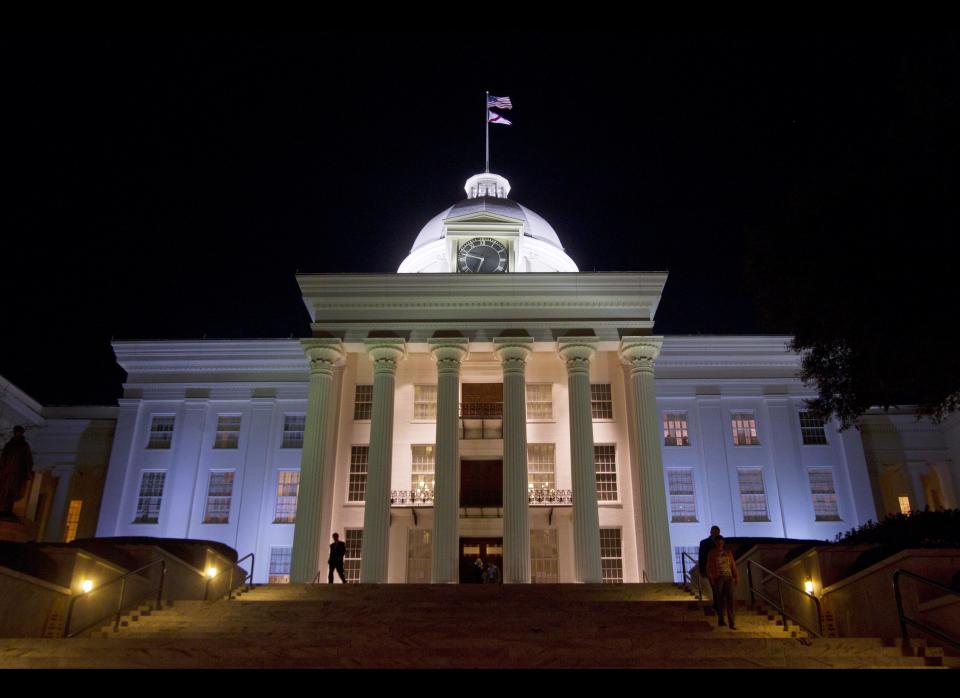
Alaska State Capitol (Juneau, Alaska)
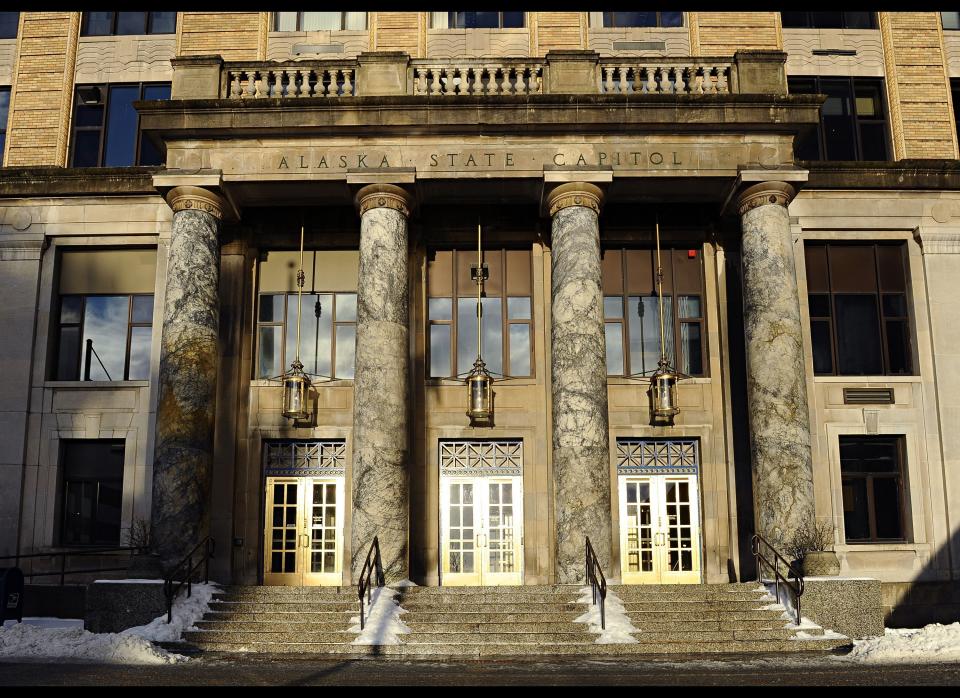
Arizona State Capitol (Phoenix)
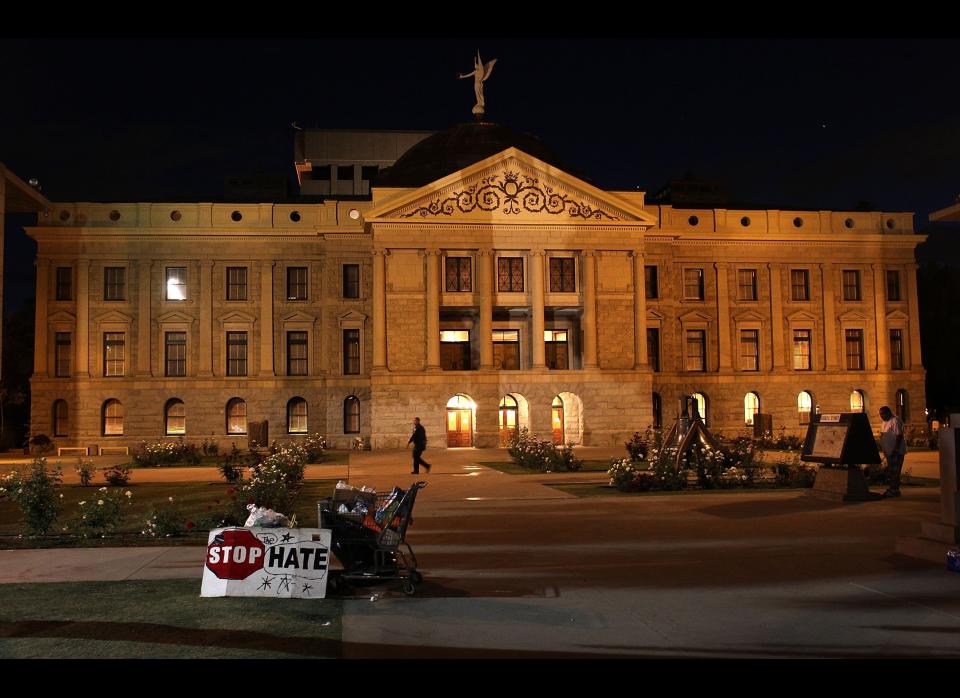
Arkansas State Capitol (Little Rock, Ark.)

California State Capitol (Sacramento, Calif.)
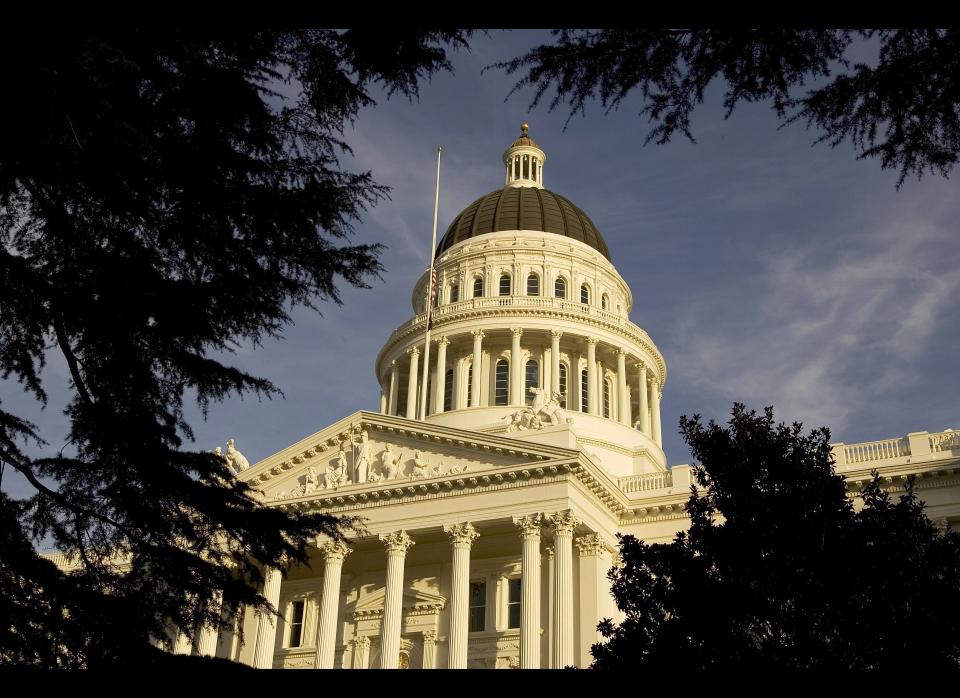
Colorado State Capitol (Denver)
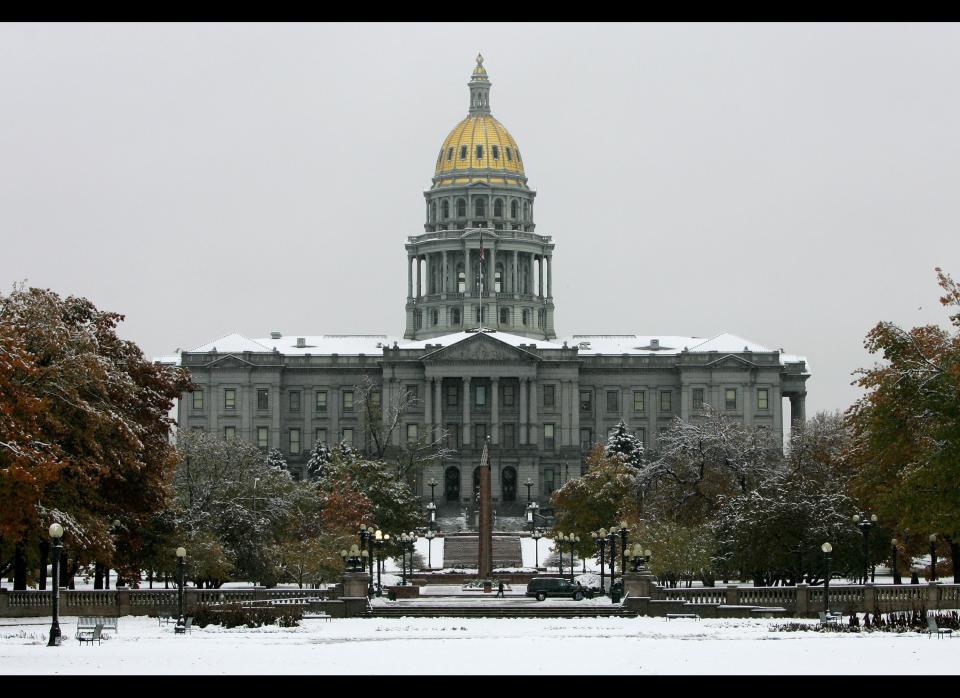
Connecticut State Capitol (Hartford, Conn.)
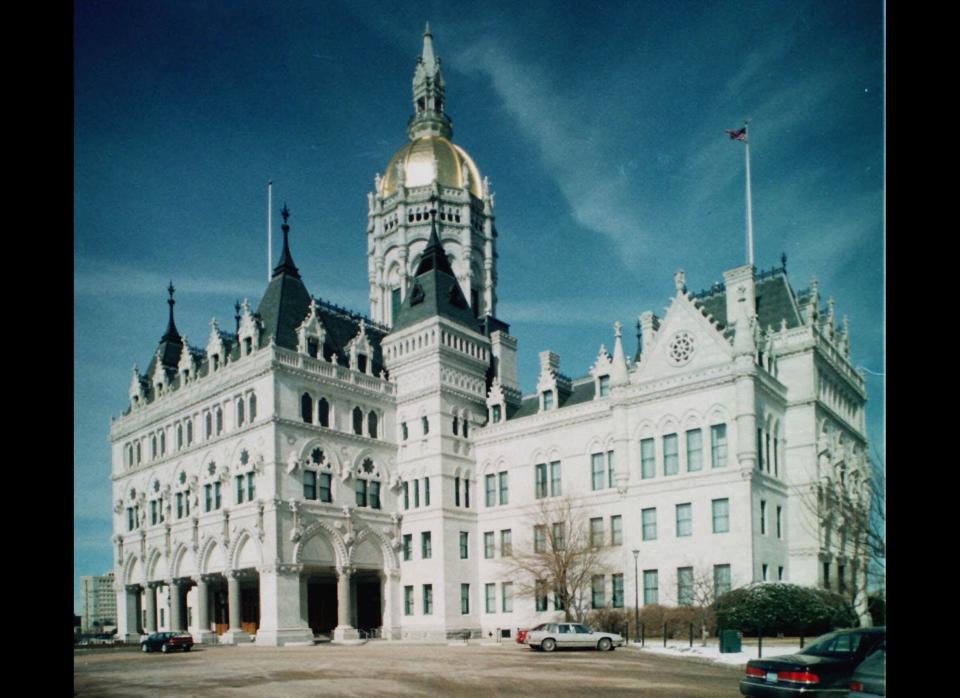
Delaware State Capitol (Dover, Del.)
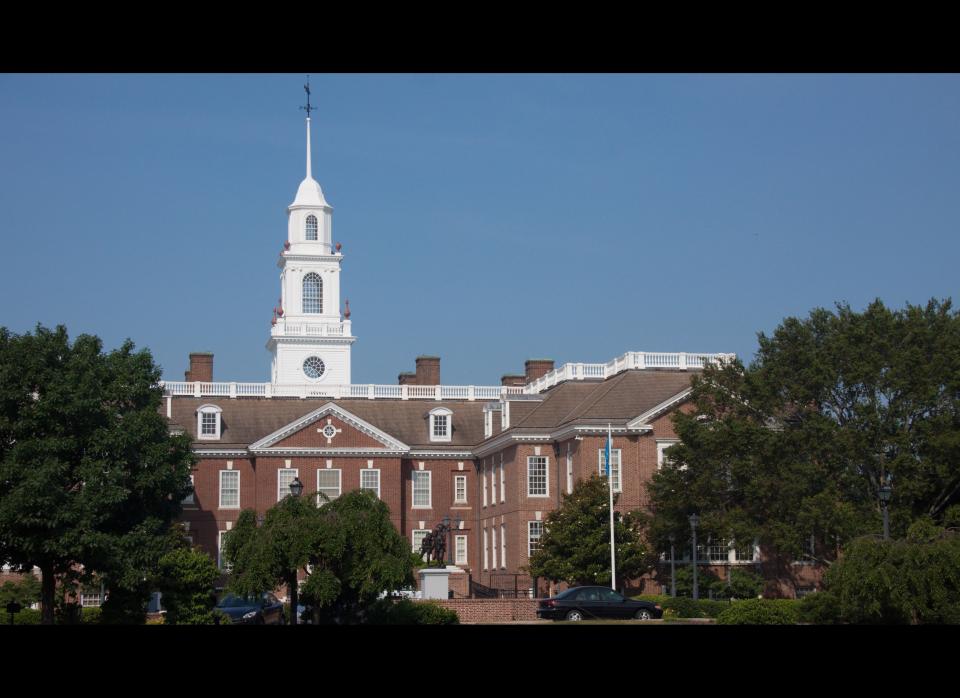
Florida State Capitol (Tallahassee, Fla.)
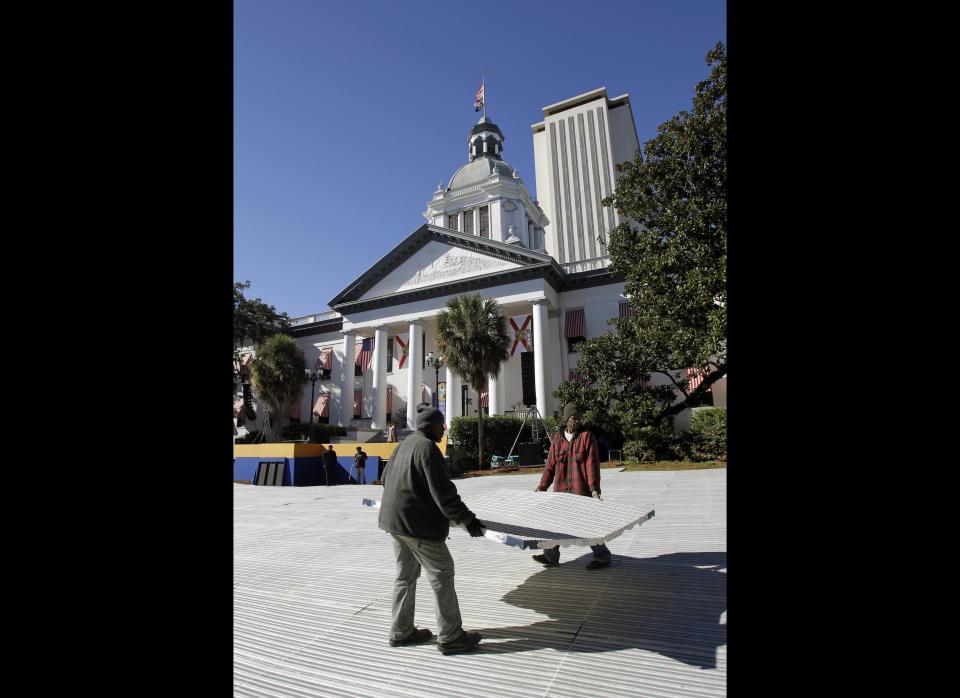
Georgia State Capitol (Atlanta)
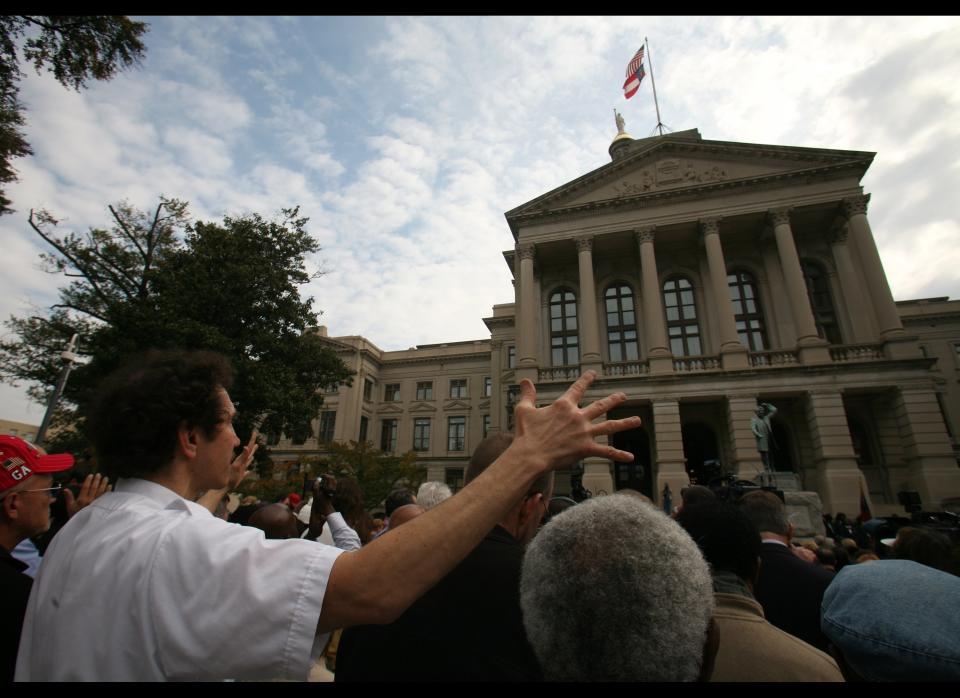
Hawaii State Capitol (Honolulu)
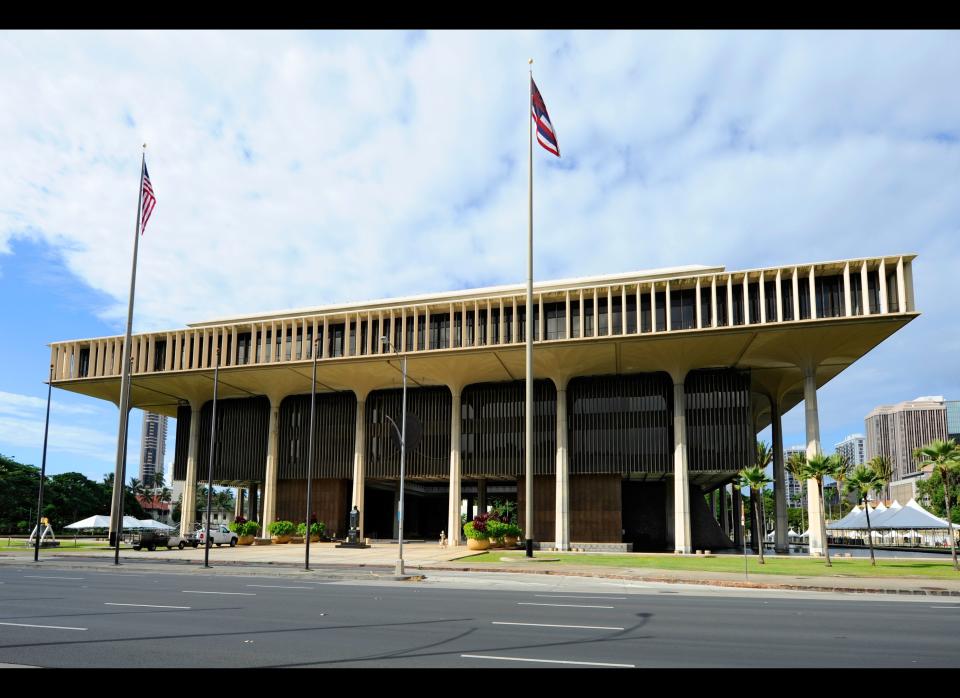
Idaho State Capitol (Boise, Idaho)
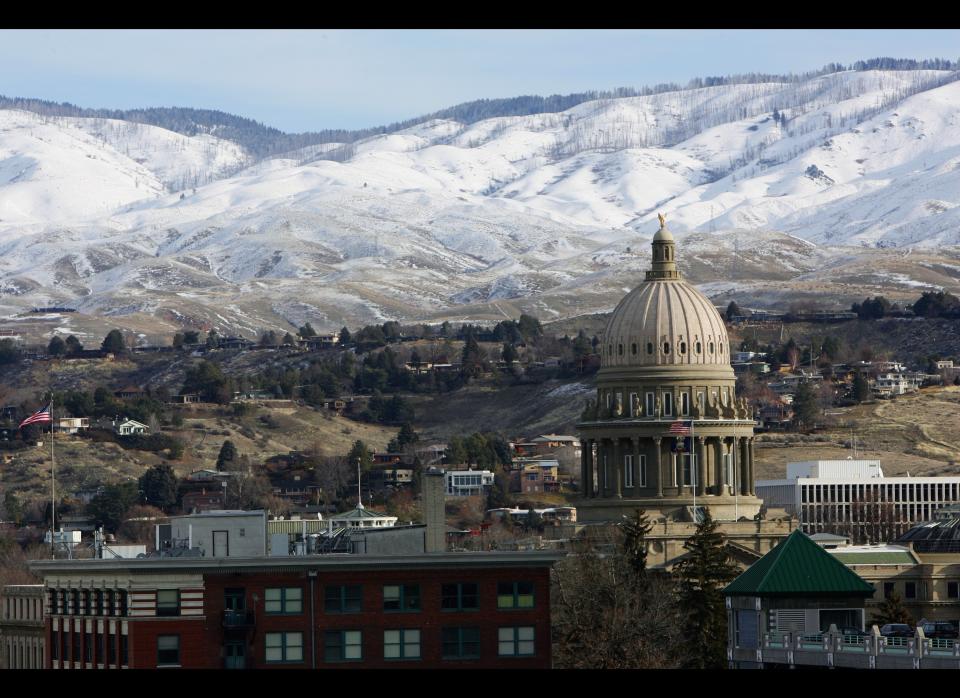
Illinois State Capitol (Springfield, Ill.)
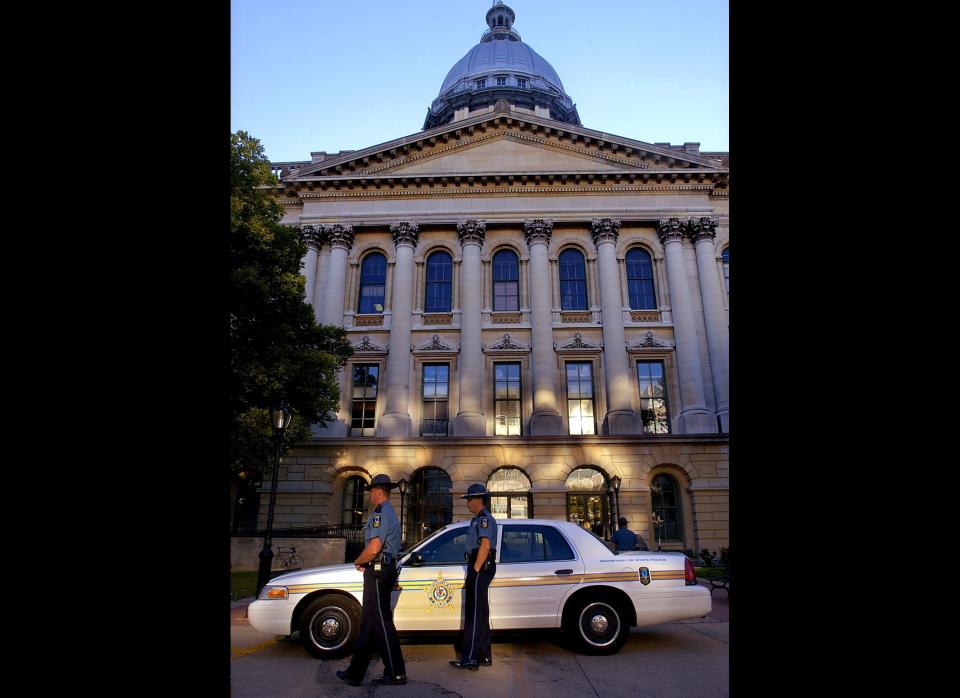
Indiana State Capitol (Indianapolis)
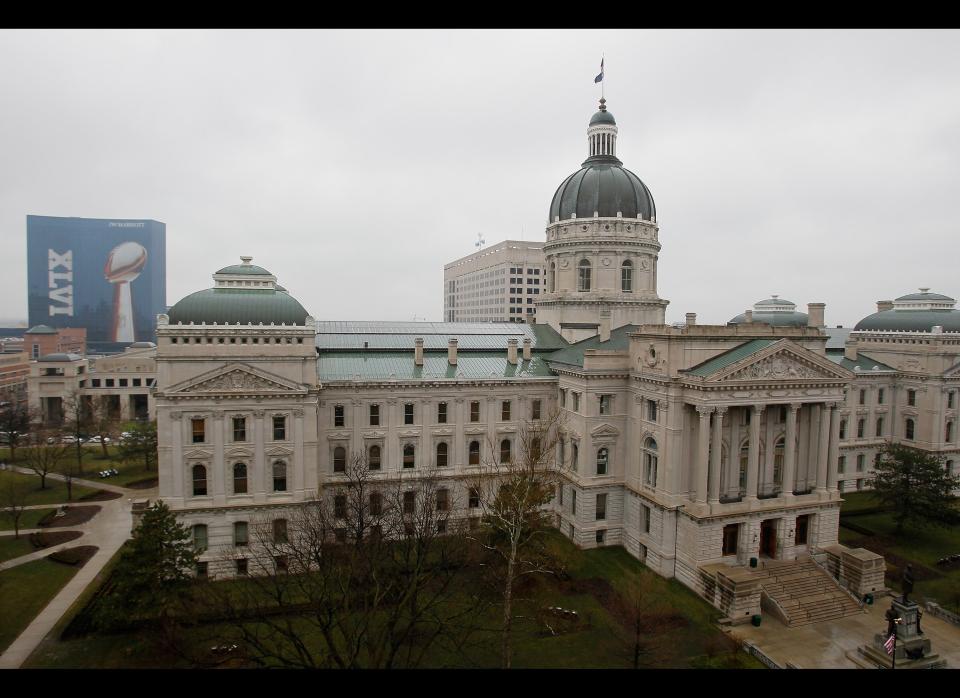
Iowa State Capitol (Des Moines, Iowa)
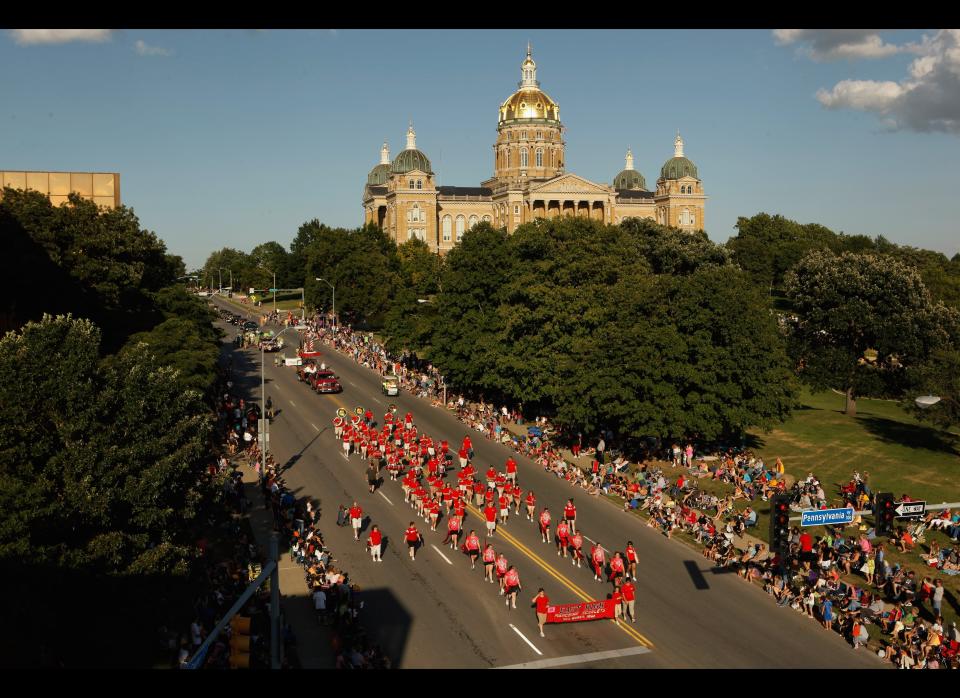
Kansas State Capitol (Topeka, Kan.)
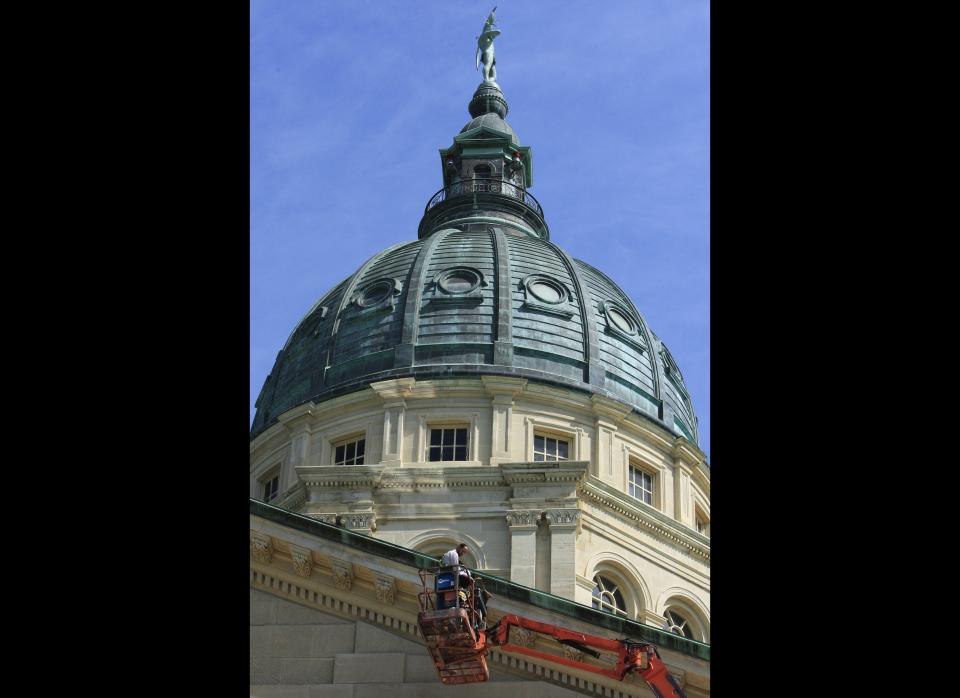
Kentucky State Capitol (Frankfort, Ky.)
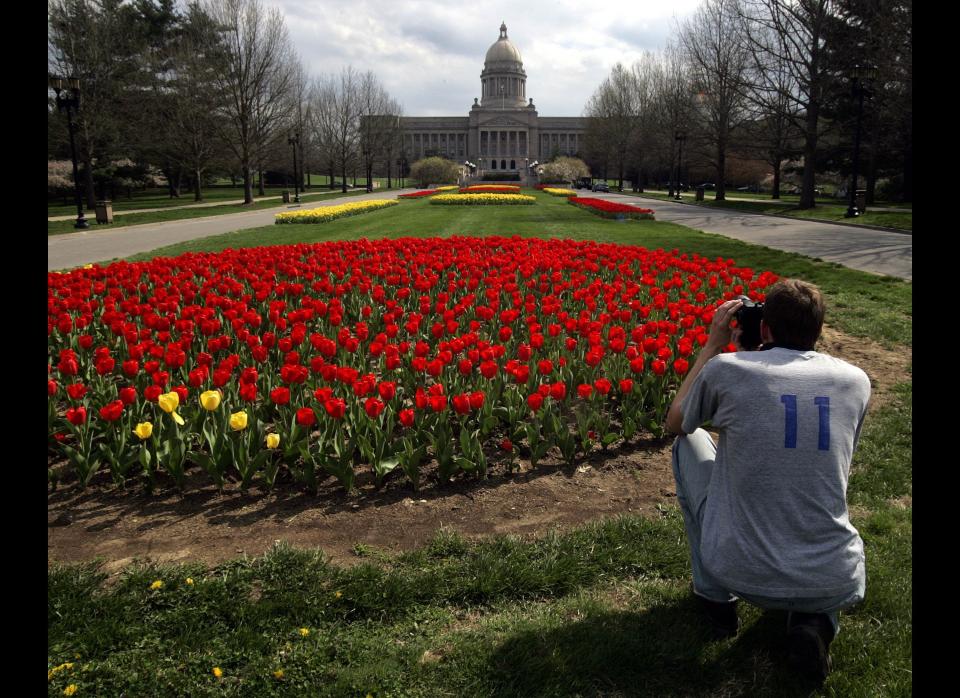
Louisiana State Capitol (Baton Rouge, La.)
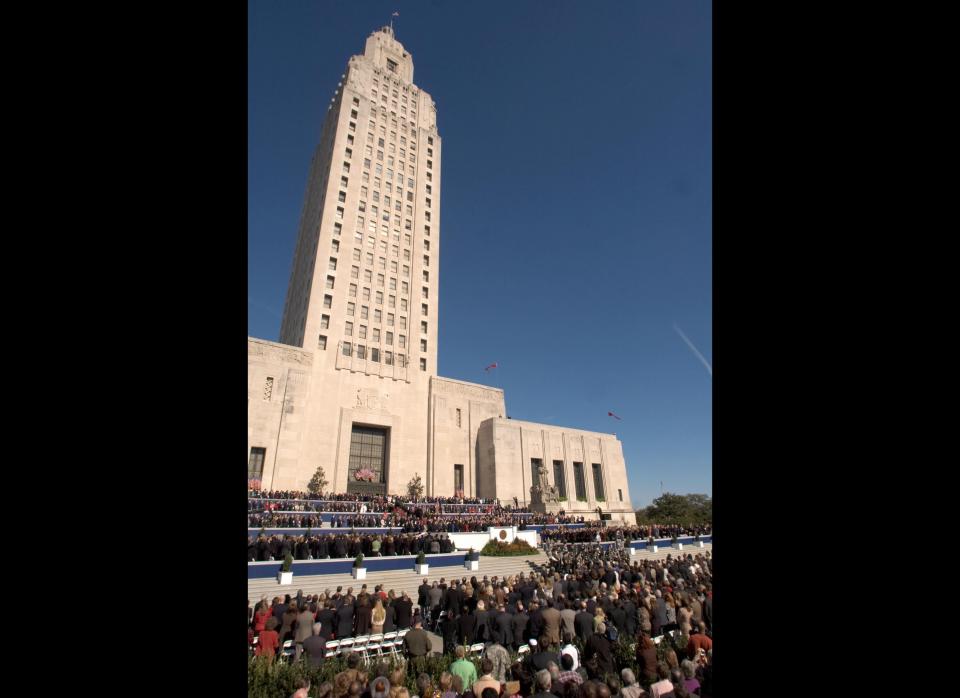
Maine State Capitol (Augusta, Me.)

Maryland State House (Annapolis, Md.)
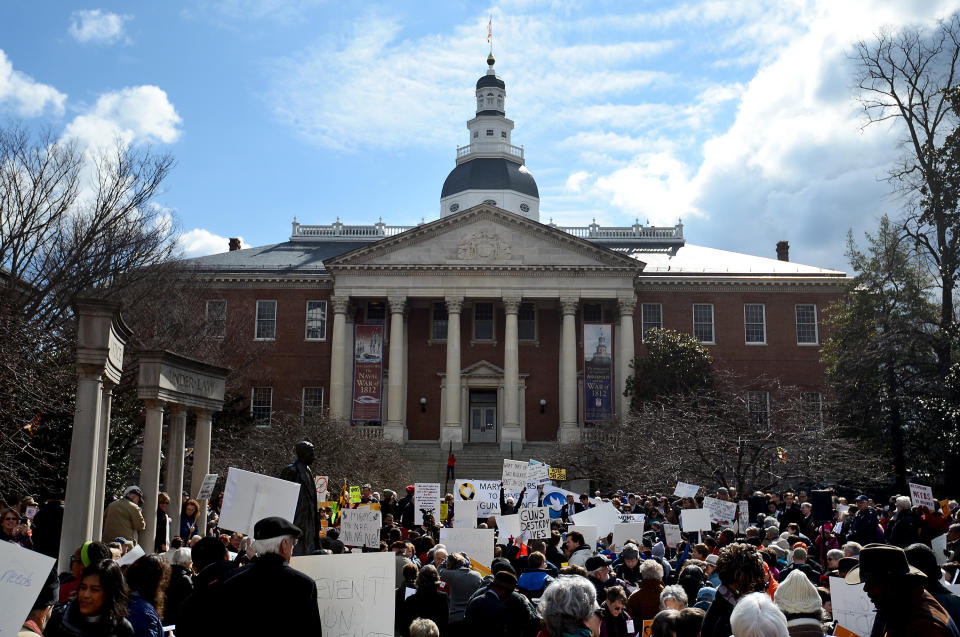
Massachusetts State House (Boston)
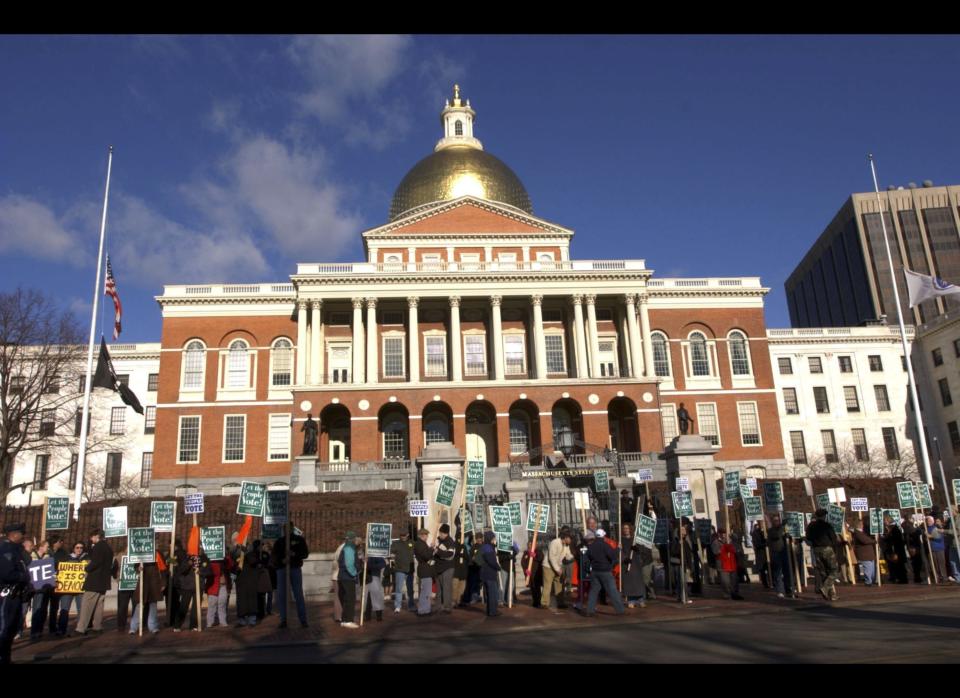
Michigan State Capitol (Lansing, Mich.)
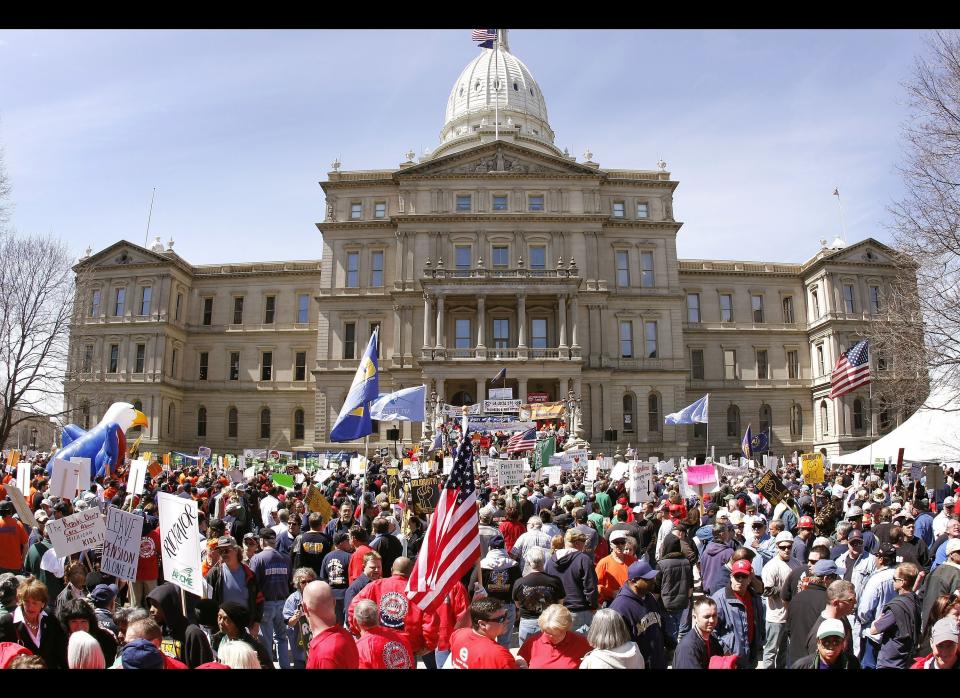
Minnesota State Capitol (St. Paul, Minn.)
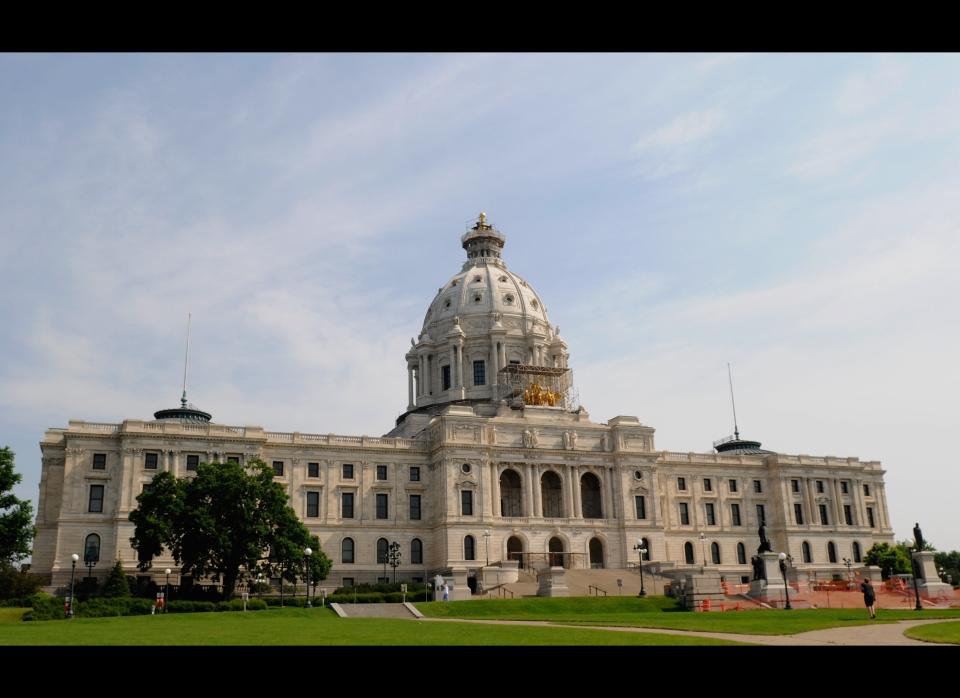
Mississippi State Capitol (Jackson, Miss.)
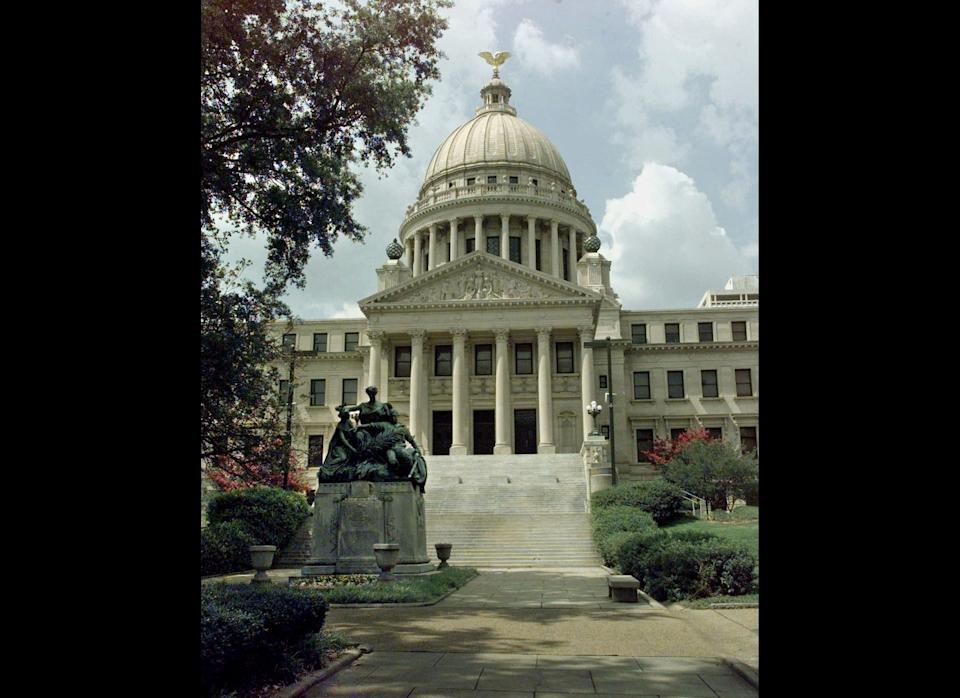
Missouri State Capitol (Jefferson City, Mo.)

Montana State Capitol (Helena, Mont.)
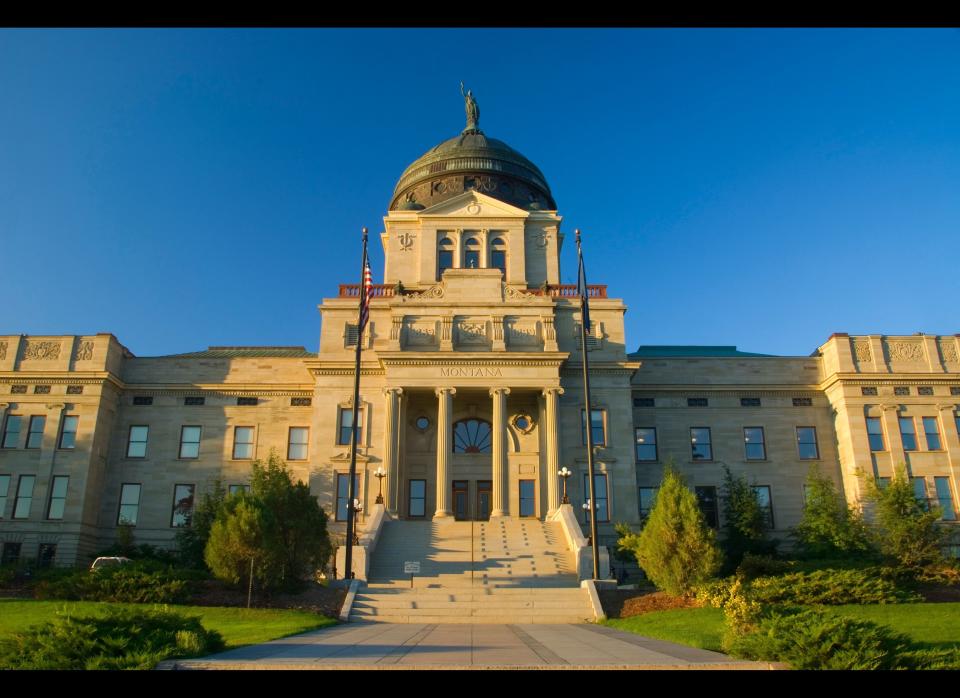
Nebraska State Capitol (Lincoln, Neb.)
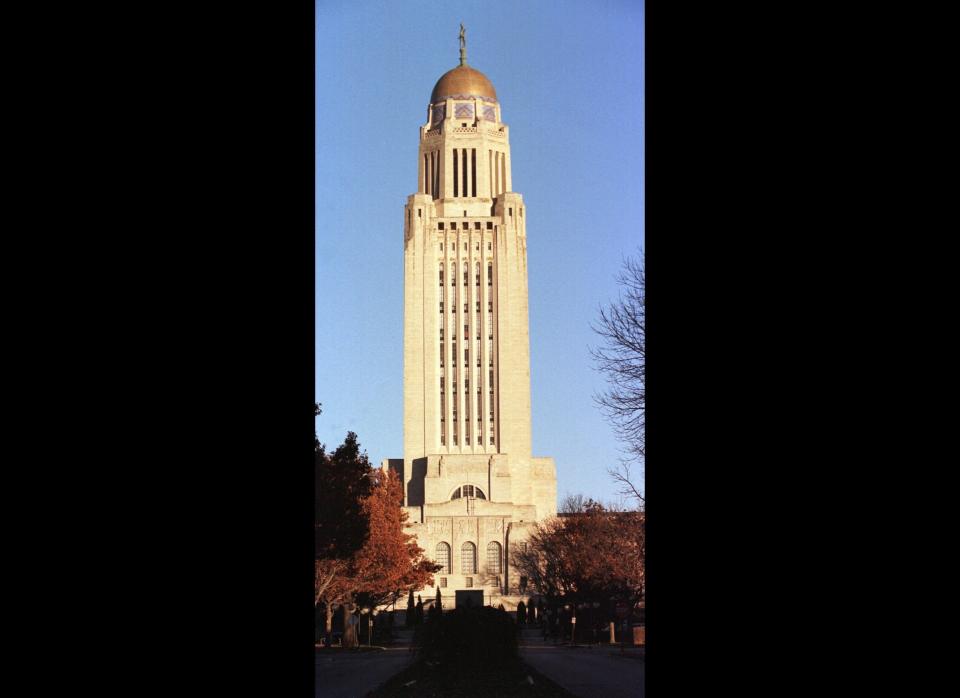
Nevada State Capitol (Carson City, Nev.)
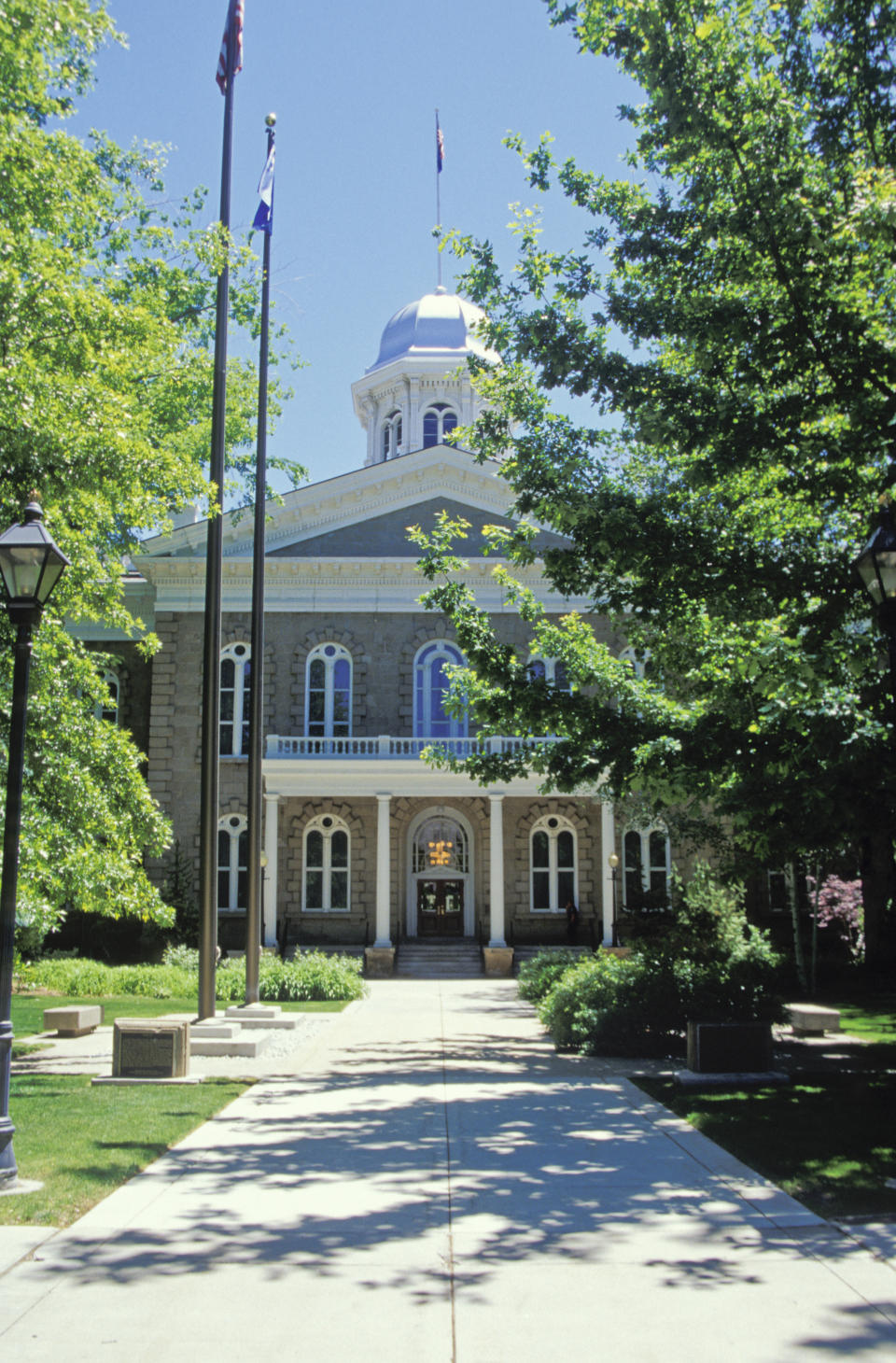
New Hampshire State House (Concord, N.H.)
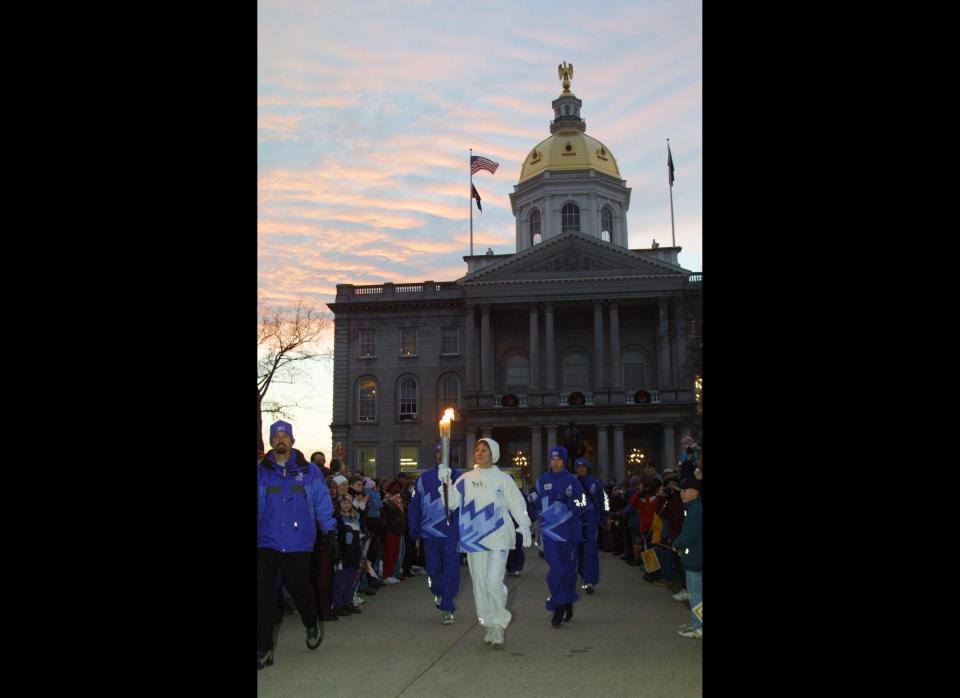
New Jersey State House (Trenton, N.J.)
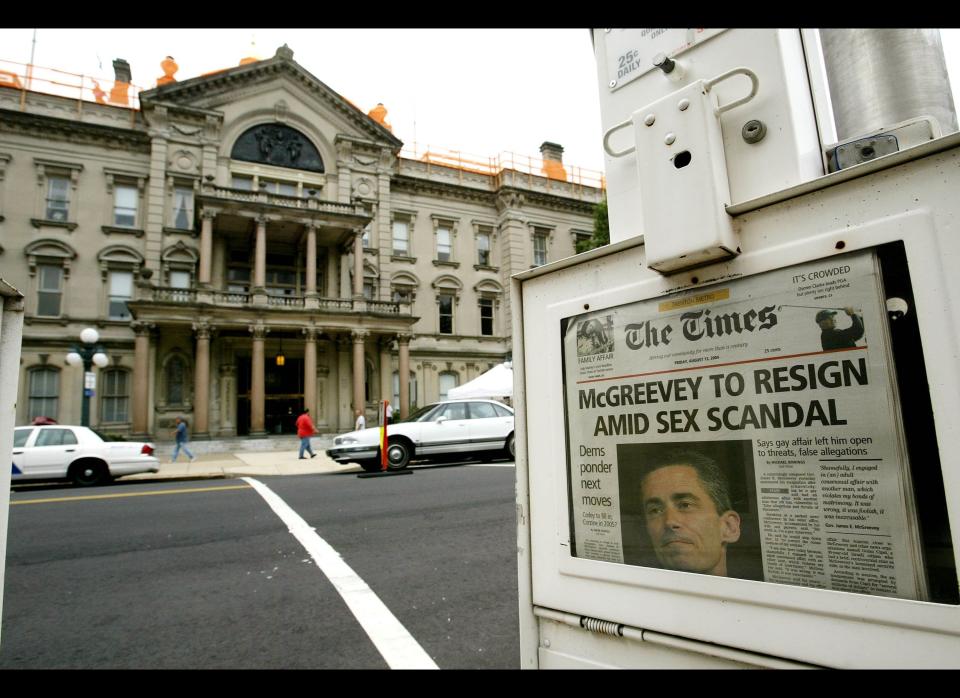
New Mexico State Capitol (Santa Fe, N.M.)
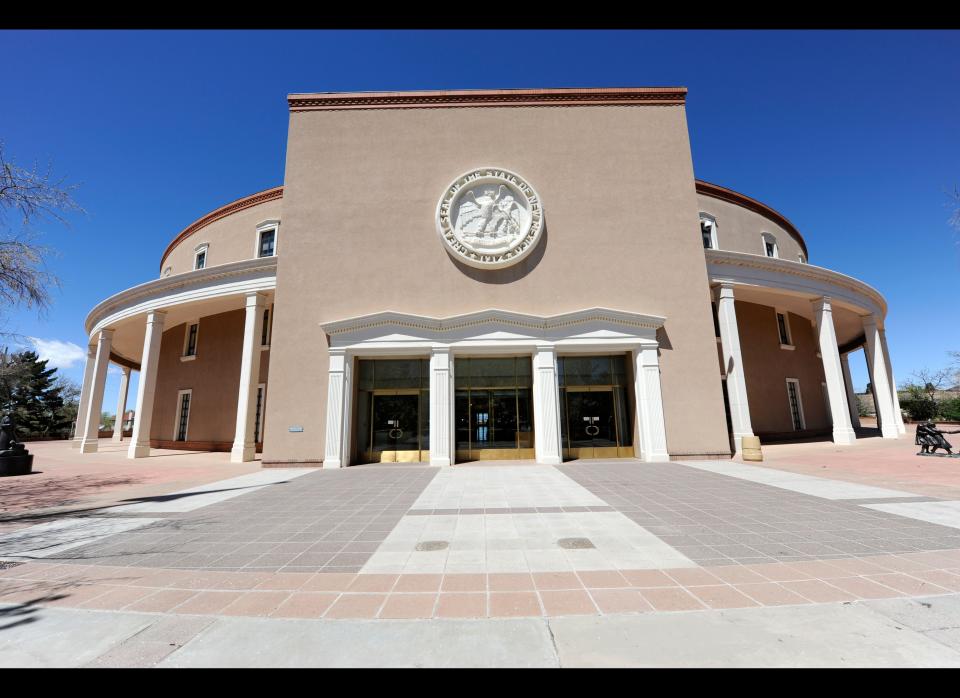
New York State Capitol (Albany, N.Y.)
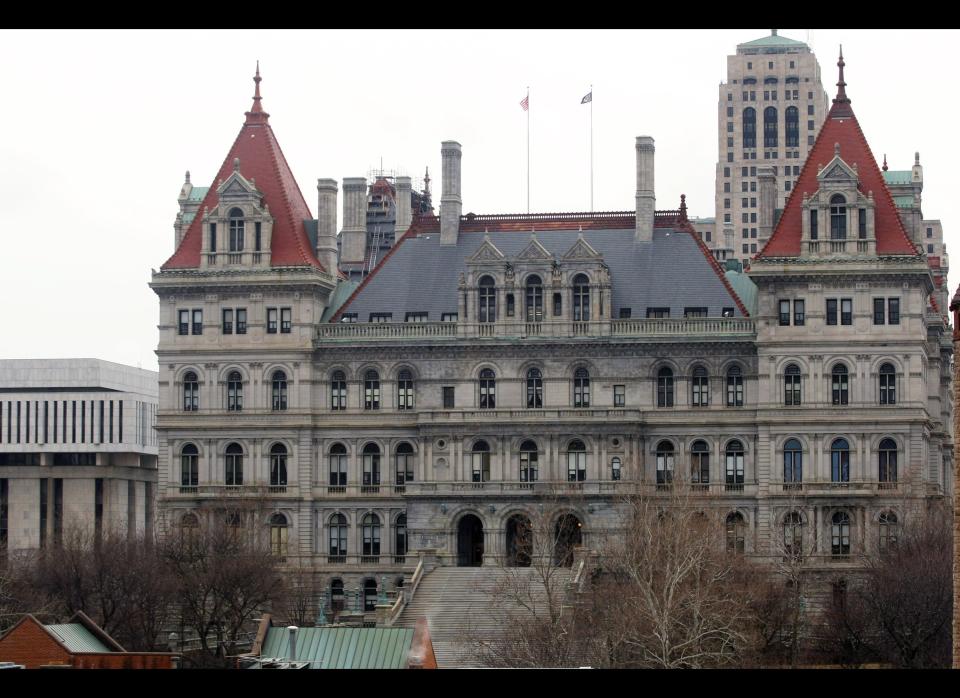
North Carolina State Capitol (Raleigh, N.C.)
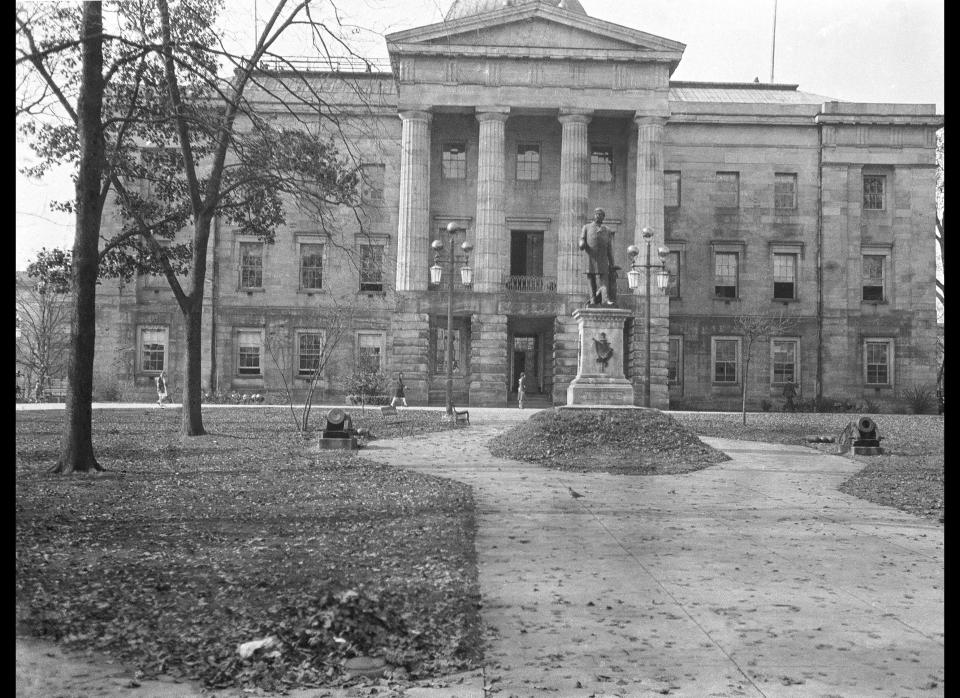
North Dakota State Capitol (Bismarck, N.D.)
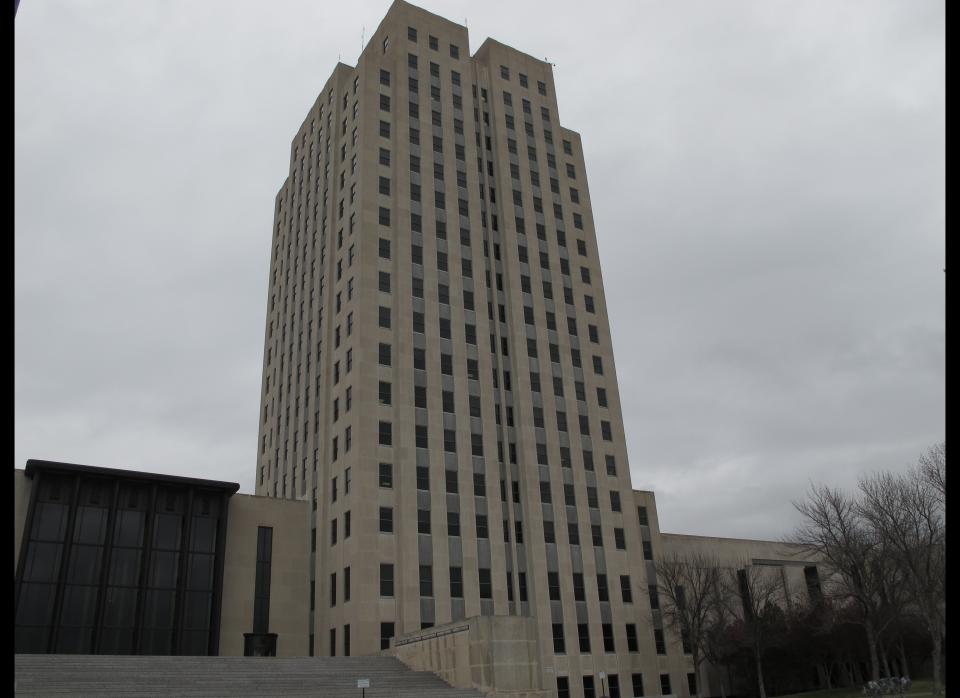
Ohio Statehouse (Columbus, Ohio)
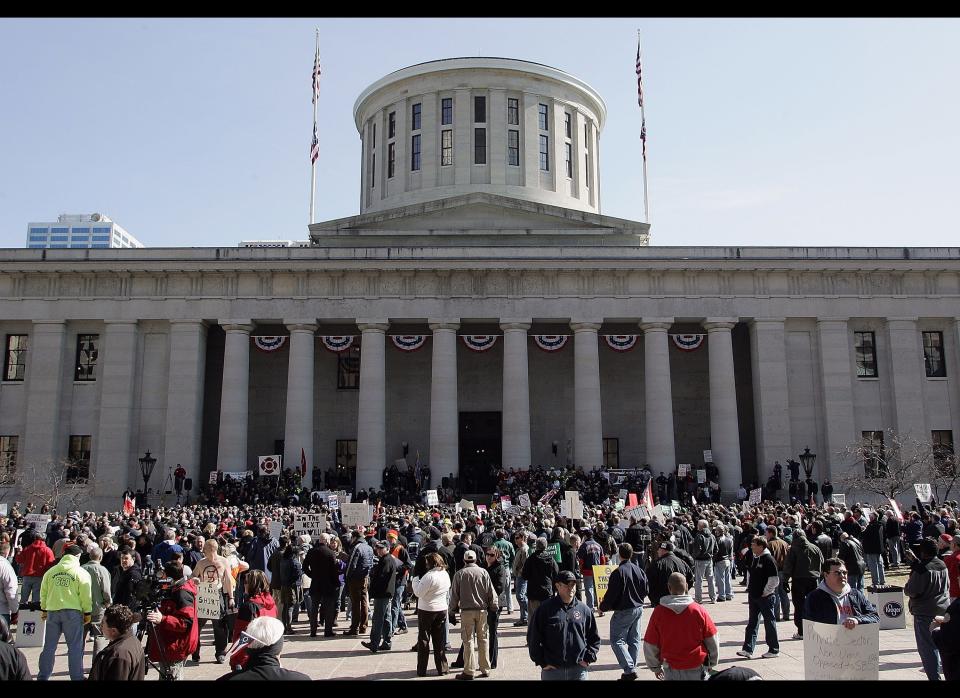
This article originally appeared on HuffPost.

